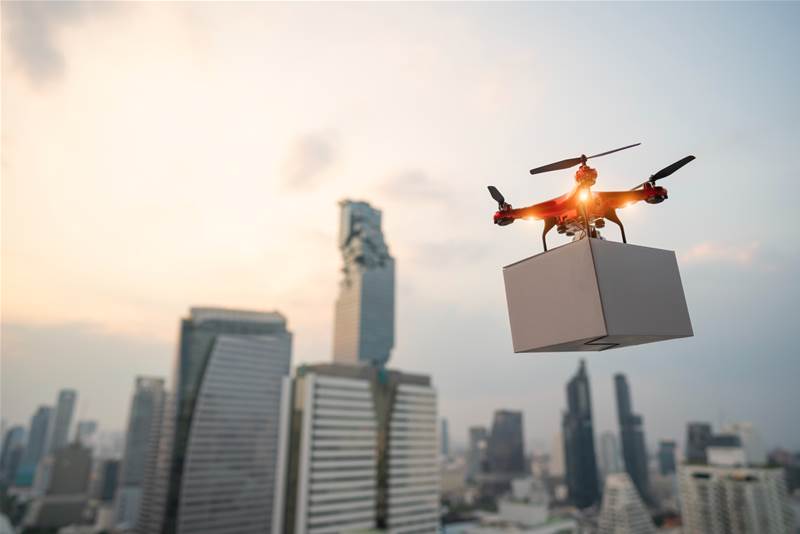Commercial unmanned aerial vehicles (UAVs) could reduce the environmental impact of urban freight deliveries by half compared to traditional light commercials vehicles (LCVs) according to a report by Inmarsat and Cranfield University.
“Commercial UAVs have the potential to transform our world in a range of safe and environmentally friendly ways by unlocking the opportunities they offer to advance air transport activities and services with fast and efficient delivery of goods,” said Professor Dame Helen Atkinson DBE FREng, Cranfield University’s Pro-Vice-Chancellor of the School of Aerospace, Transport and Manufacturing.
The benefits of UAV adoption extend beyond commercial gains such as cost and time savings and enhanced supply chain and business efficiencies. The ability to deliver humanitarian and medical aid to remote communities and conflict zones, deploy surveillance to protect endangered animals from poachers and monitor for illegal deforestation or mining operations are ways in which UAV technology can be utilised.
The commercial UAV market is projected to increase from $2.32 billion in 2021 to $11.29 billion in 2028, marking a compound annual growth rate (CAGR) of 25.39%.
However, the industry will face challenges such as regulatory restrictions in allowing UAVs to fly beyond visual line of sight (BVLOS) and integrate with other air traffic as well as the need for directives that define the roles and responsibilities of all stakeholders that utilise airspace.
“It’s clear that unless autonomous vehicles and unmanned aviation are safely and securely integrated into managed airspace, their true potential cannot be unlocked on a commercial scale,” said Anthony Spouncer, Inmarsat’s Senior Director of UAVs and Unmanned Traffic Management (UTM)









